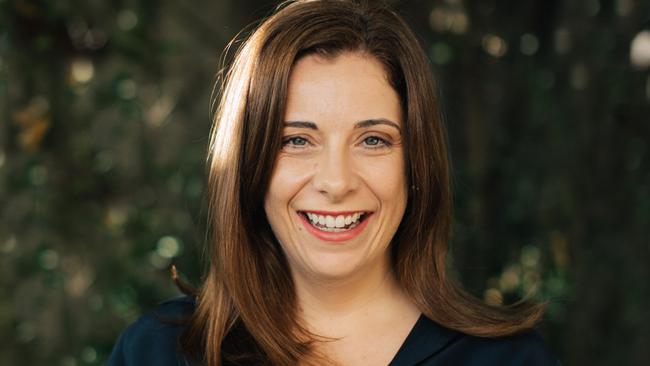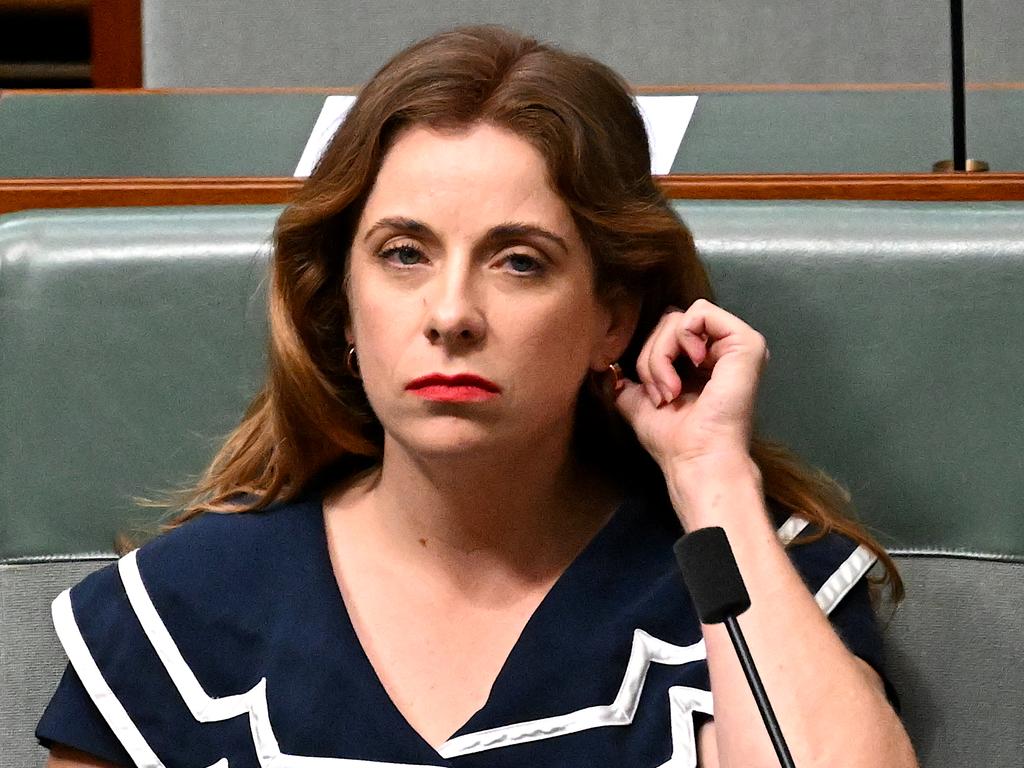Self-funded retirees to bear brunt of aged care reform
Self-funded retirees will pay about $2bn a year more out of their own pockets for aged care if the Albanese government accepts the recommendations of its task force, the sector’s leading accountant says.

Self-funded retirees will pay about $2bn a year more out of their own pockets for aged care if the Albanese government accepts the recommendations of its taskforce.
And with more than half of nursing home residents and in-home care recipients self-funded, the proposed changes will likely impact more than 600,000 older Australians, a financial analysis of the taskforce final report reveals.
The analysis, conducted by aged-care accountants StewartBrown, shows the taskforce proposal for nursing home residents who don’t draw a pension to pay their everyday living costs such as meals, cleaning and laundry would see them pay about $570m a year more.
Extra costs for changing the way nursing home accommodation is calculated would run to $638m a year in individual payments.
The recommendations that more in-home care recipients are responsible for their non-care costs would run to $965m a year, the StewartBrown analysis finds.
These extra costs would not kick in for a few years in residential aged care, as the taskforce recommended the changes be grandfathered.
It would be more than the super-rich affected, according to StewartBrown partner Grant Corderoy, one of the 16 taskforce members. “The current threshold for most means-testing in aged care is basically whether a person is drawing a government pension or not,” he said.
“That’s how it’s likely to remain. So we’re not necessarily talking about the really, really wealthy. Those who will be up for more individual co-contributions are effectively Australia’s self-funded retirees.
“And many have a lot of their wealth tied up in their home.”
There are about 200,000 nursing home residents currently, and around one million in-home care recipients. More than half are self-funded retirees, Mr Corderoy said.
The taskforce was created by Minister for Aged Care Anika Wells last June to advise the government on how to make the aged-care sector financially sustainable, with most nursing home providers operating at a loss.

The report’s 23 recommendations offer a radical blueprint for change, prioritising in-home care, promoting greater user-pays and eventually bringing in a rental model for nursing homes.
The government has yet to formally respond, but Ms Wells did rule out introducing an aged-care levy, or making any change to the treatment of the family home in determining aged-care funding.
Mr Corderoy said the changes proposed were necessary to keep the aged-care sector financially sustainable. “It’s really just a recognition that older people, whether in a nursing home or receiving care in their home, should still be paying for the everyday costs they’ve paid for all their life, provided there’s a strong safety net,” he said.
The federal government now provides 75 per cent of the cost of residential aged care and 95 per cent of homecare costs. The bill last financial year was around $32bn, but the ageing of the population will see spending on the sector more than double as a proportion of GDP, from 1.1 per cent to 2.5 per cent in the next 40 years.
Anthony Albanese refused to reveal whether the government’s response to the taskforce would form part of the upcoming May budget, saying “You’ll see it when we give it”.
The Prime Minister flagged he was open to working with both the Greens and the Coalition to get future reforms through parliament. “We want to engage across the parliament as well as across the sector,” he said. “The report makes a number of recommendations for the next steps to deliver reform, and we’ll consider its findings very carefully.”
Ms Wells said the government had been “steadily working” on what its response might look like for the past four months and would take more time to come up with a direction that was “structurally sound and improves care”.
Opposition aged-care spokeswoman Anne Ruston said the taskforce report had left “more questions than answers”.
“We will not stand in the way of sensible reform that seeks to strengthen the system’s sustainability, but we need details on how the government plans to respond to this report so we can consult with older Australians, their families and the aged-care sector,” she said.
Committee for Economic Development Australia chief economist Cassandra Winzar said it was important the government “continue to fund the care element of aged-care fees, and provide a safety net for those who cannot afford to fund their own care.”






To join the conversation, please log in. Don't have an account? Register
Join the conversation, you are commenting as Logout